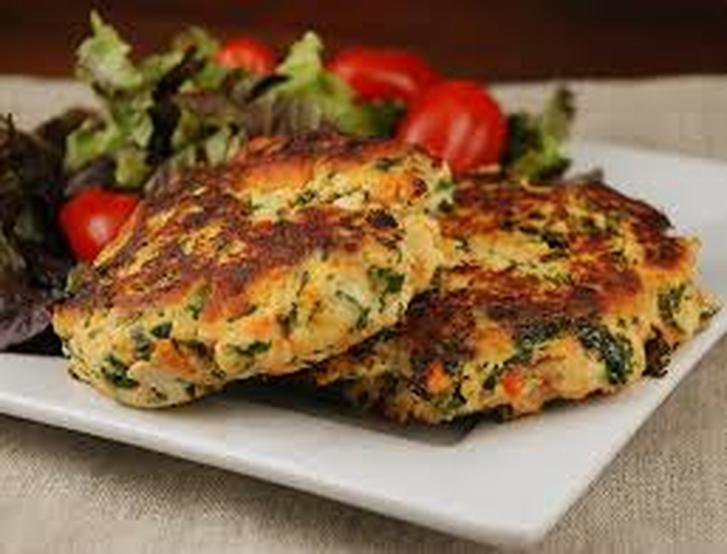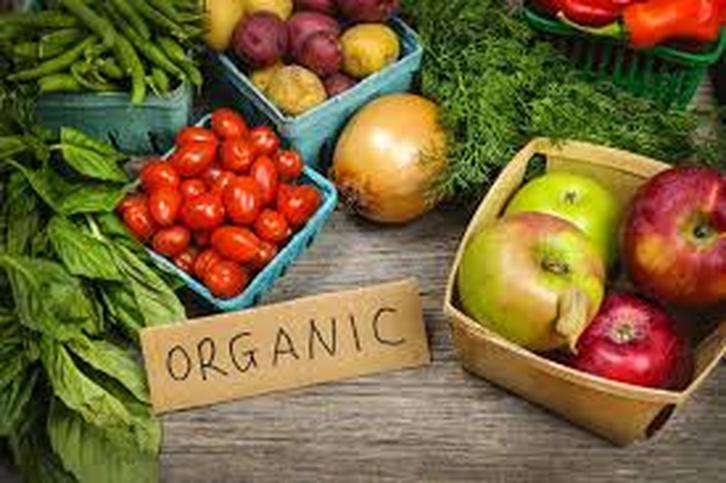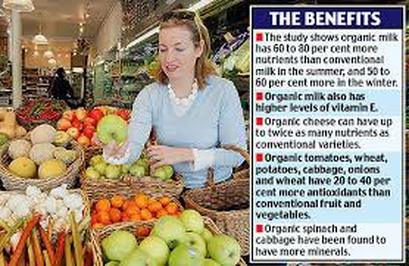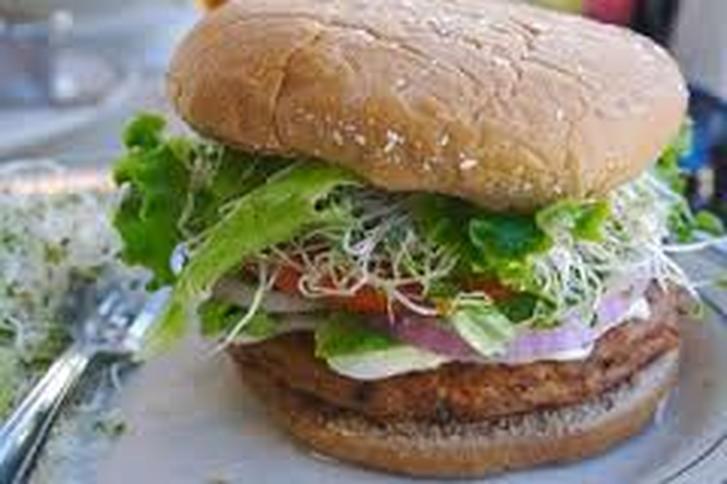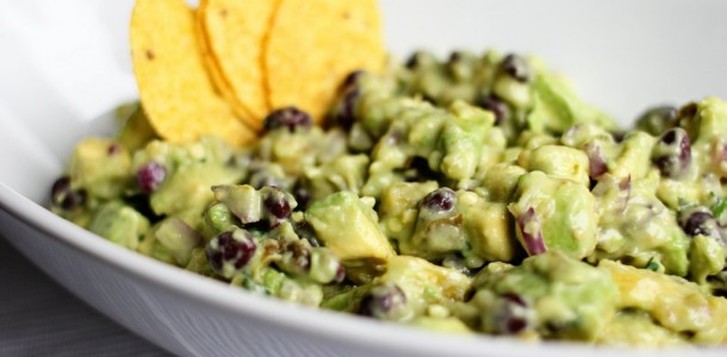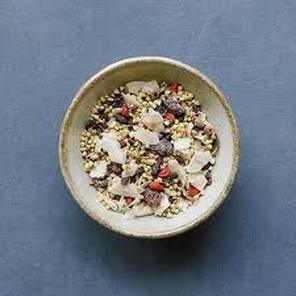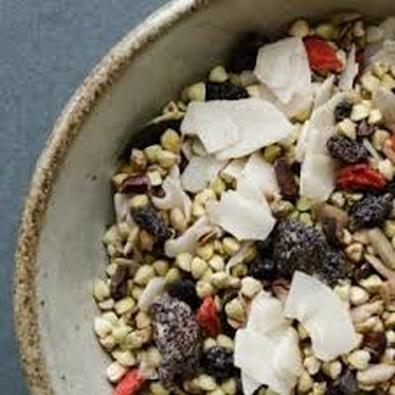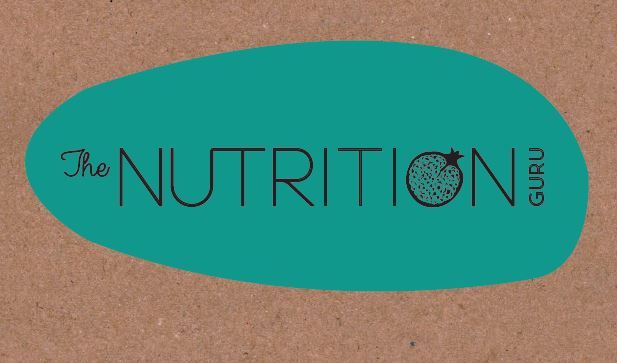With the colder months upon us, now is the time to nourish and warm your body from within with the foods you eat, working in harmony with nature and the winter season. One way of achieving this goal is to flavour your foods with pungent herbs such as ginger, garlic, cayenne, tumeric and small amounts of chilli. These foods gently heat the body and stimulate the circulation while garlic has the added benefit of fighting both bacterial and viral infections and breaking down mucous. Garlic is a great natural remedy for colds and flus; add it to your cooking or mix it with lemon, 1 tsp coconut oil, warm water and high grade manuka honey for a really powerful immune system kick.
Cooking should be for longer periods with low heat and less water. This infuses foods with heat that helps to keep the body warm in the cold winter months. Hearty soups, whole grains and roasted nuts are good on cold days and offer nourishment to feed the body and tonify the kidneys in cold winter months.
Seasonally, winter is a time to eat root vegetables. Higher in energy-giving carbohydrates, our bodies need this fuel to keep the inner winter fires burning. Choose from sweet potato, carrots, pumpkin and beetroot. The orange vegetables are naturally high in betacarotene, an antioxidant that helps protect all the mucous membranes of the body, including the lungs. Smokers can help reduce the risk of lung cancer by consuming higher levels of betacarotene. Beetroot gently enhances liver function thereby aiding digestion and helping to relieve constipation. It is considered a natural 'blood tonic', and can help boost iron levels. These delicious foods can be roasted, blended into dips, stewed, added to soups or steamed.
Remember to choose organic or biodynamic foods whenever possible. Not only are you ensuring your food has maximum nutritional value, your body does not have to break down the cocktail of pesticides, chemicals and additivies found in conventional foods that are linked to so many chronic disease states. Organic foods contain on average 50% more vitamins, minerals and other micronutrients! Plus, knowing you are doing your bit to support our environment is a great feeling :)
Golden Turmeric Mylk
2 cups home made almond milk
1 tbsp coconut oil
1 tbsp local honey/rice syrup/maple syrup (optional)
1 tsp turmeric powder
1 cinnamon stick or 1 tsp cinnamon
Pinch black pepper and fresh ginger
